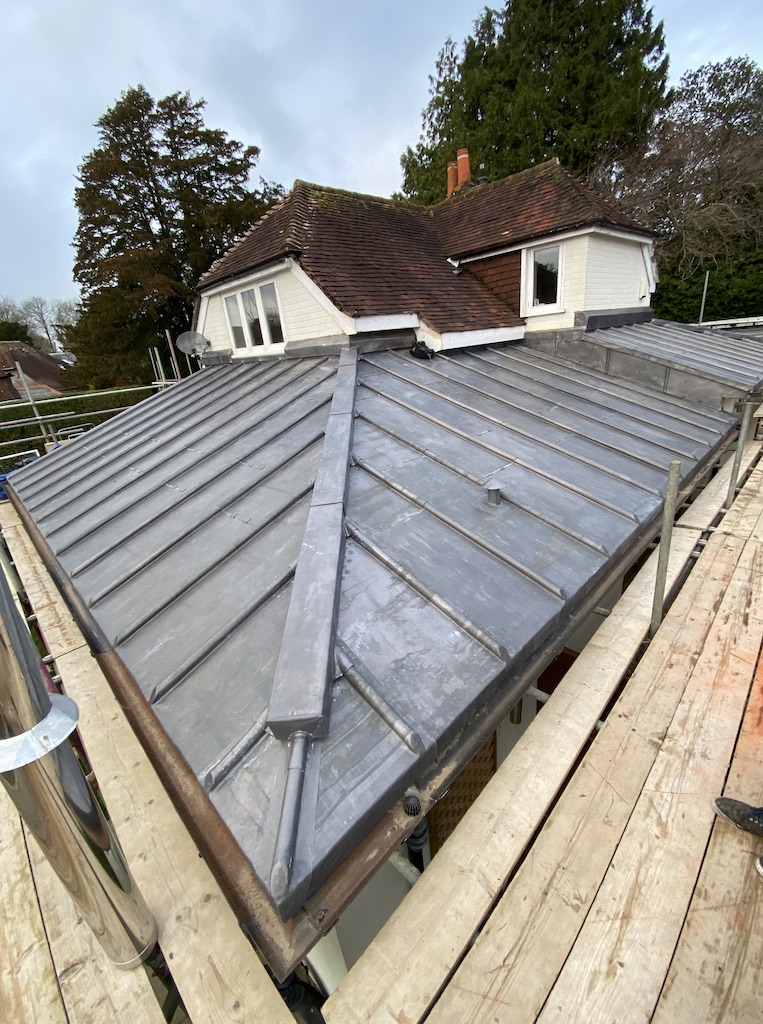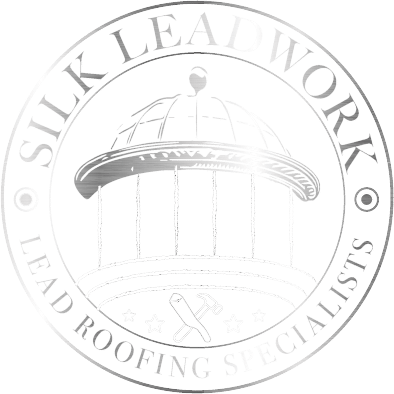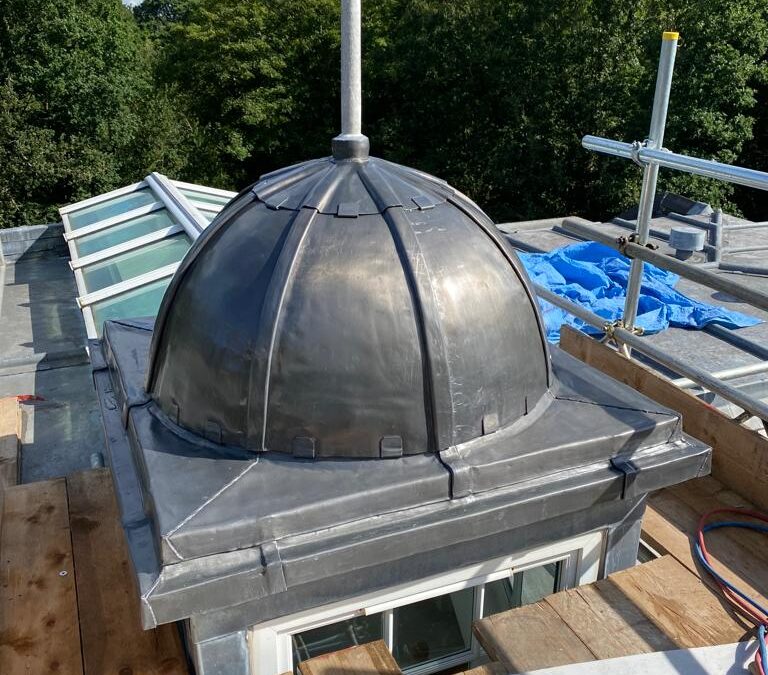Introduction:
Lead roofing’s legacy stretches back centuries, offering a blend of aesthetic appeal and functional superiority unmatched by other materials. It adapts seamlessly to diverse roofing needs, from historic restoration to modern architectural projects. This guide presents an in-depth look at the different types of lead roofs, highlighting their unique properties and the reasons behind their enduring popularity.
Types of Lead Roofs
Lead roofs come in several distinct types, each suited to different architectural demands and aesthetic preferences. Understanding these variations is key to selecting the right lead roofing for your project.
Milled Lead Roofs
Milled lead roofing is known for its uniformity and versatility. Produced by passing lead through a mill to achieve a consistent thickness, milled lead sheets are flexible and can be tailored to fit various roof shapes and sizes, making them a popular choice for both new constructions and renovations.
Cast Lead Roofs
Cast lead roofing offers bespoke solutions for complex roofing requirements. This type involves pouring molten lead into molds to create sheets or shapes that meet specific architectural details. Ideal for restoration projects, cast lead allows for the preservation of historical accuracy while providing the functional benefits of modern lead roofing.
Sand Cast Lead Roofs
Sand cast lead roofing harks back to traditional lead-working methods, where lead is cast over a bed of sand to form sheets. This technique produces roofs with a unique texture and character, valued for their authentic appearance in historical building restorations. Sand cast lead roofing combines the aesthetic of the past with the durability and protection lead is known for.

Choosing the Right Type of Lead Roof
Selecting the appropriate type of lead roof involves considering several factors, including the architectural style of the building, the desired aesthetic outcome, and specific performance requirements. Each type of lead roof offers unique advantages:
- Milled Lead: Best for uniformity and adaptability to different roof shapes.
- Cast Lead: Ideal for custom, detailed work on restoration projects.
- Sand Cast Lead: Preferred for its authentic texture and historical significance.
Benefits of Lead Roofing
Regardless of the type, lead roofing shares common benefits that make it a standout choice:
- Durability: Lead roofs can last over 100 years with minimal maintenance, outliving most other roofing materials.
- Weather Resistance: Lead’s impermeability makes it an excellent protector against water, ensuring roofs remain leak-free under harsh weather conditions.
- Environmental Sustainability: Lead is 100% recyclable, reducing the environmental impact at the end of its long service life.
Conclusion
The different types of lead roofs offer a fascinating glimpse into the world of roofing materials, combining historical craftsmanship with modern technology. Whether for a new build or a restoration project, lead roofing provides a durable, aesthetically pleasing, and environmentally friendly solution. Understanding these types helps architects, builders, and homeowners make informed decisions, ensuring that each project benefits from the unique advantages lead roofing has to offer.


Recent Comments